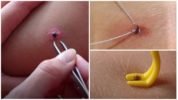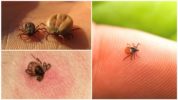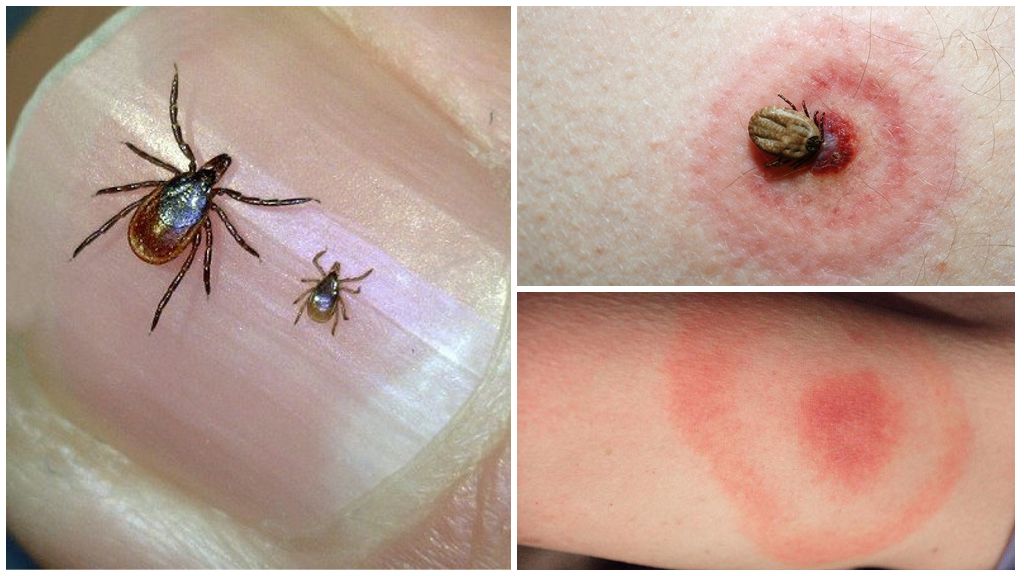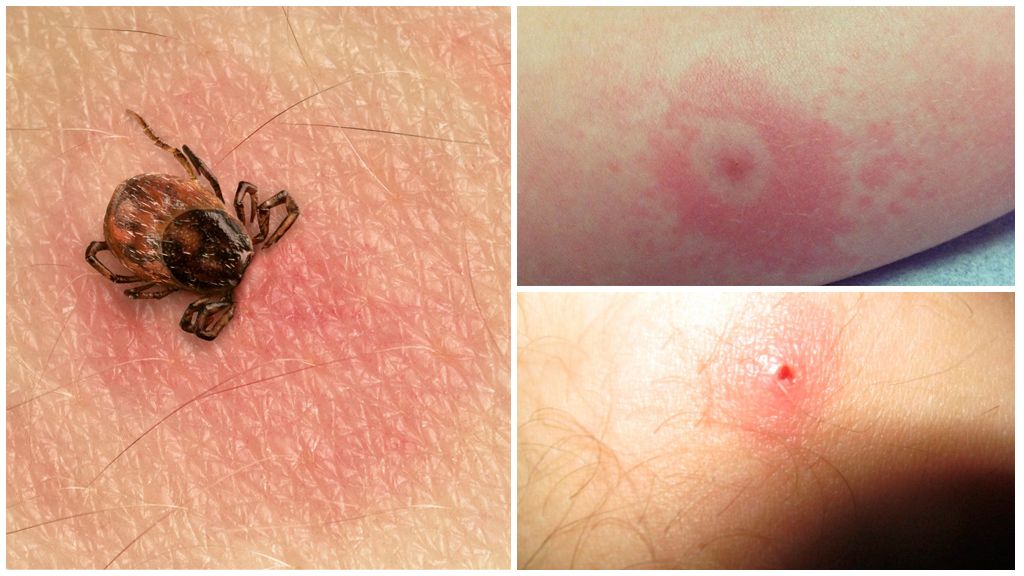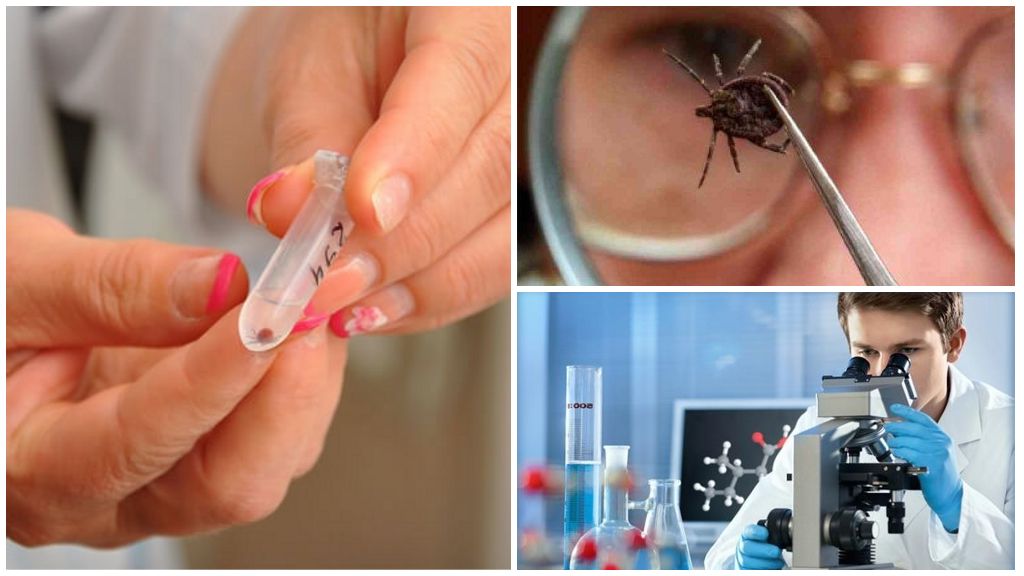- Tick extraction methods
- Drugs prescribed after a tick bite
- Mite
- Tick removal
- Tick bite prevention
With the advent of spring, nature comes to life. With the appearance of fresh herbs, the appearance of various dangerous pests and parasites is also associated. Among them, a special place is occupied by ticks. These blood-sucking creatures are carriers of dangerous infectionsthat can be fatal. Therefore, most people living in regions inhabited by parasites need to know what to do if a tick is bitten.
Tick bite
The tick is a representative of the animal kingdom, despite its similarity to insects. It belongs to the order of arthropods and is included in the class of arachnids. A small parasite has a flat oval body 2-3 mm long and 4 pairs of limbs, one of which relates to the oral apparatus. The body is chitinized.
Ticks are saprophages or predators. The most dangerous disease vectors among them are ixodid ticks. They cling to the victim with their paws and move around the body in search of a suitable area of the skin. Usually this is tender skin, close to which blood vessels pass.
On a note!
On the human body, the favorite places for ticks are areas of skin in the groin, in the armpit, on the neck, behind the ears. It is there that the skin is thinner, and it is easier to bite through the parasite.
The bloodsucker imperceptibly bites through the skin, injecting a special substance that has an analgesic effect. Then he sticks to the wound and drinks blood for several hours or even days. His body can increase several times, swelling from the drunk blood. A tick is dangerous because along with saliva, bacteria enter the wound, which immediately infect the whole body through the blood.
In addition to the ixodid tick, there is another type of parasite - scabies or subcutaneous tick. It has a body size of about 0.35 mm in length and spreads exclusively under the skin of its victim. In humans, signs of the presence of a subcutaneous tick can be seen in the form of a pustular rash on the face, in the inguinal zone, between the toes of the foot, on the inner thigh area.
Tick Removal Methods
What to do with a tick bite, few know. If it is detected, you must immediately remove the parasite. But you need to do this in certain ways. Sometimes the tick itself may fall offwhen enough blood gets drunk. You can’t try to crush it, sharply tear it from the wound. If the tick is sucked, then with a sharp movement, you can tear off its body, and the head and jaw will remain under the skin.
Important!
When crushing a tick or tearing his torso the likelihood of contracting a dangerous infection increases. This is due to the fact that the gastric juice of the arthropod enters the wound.
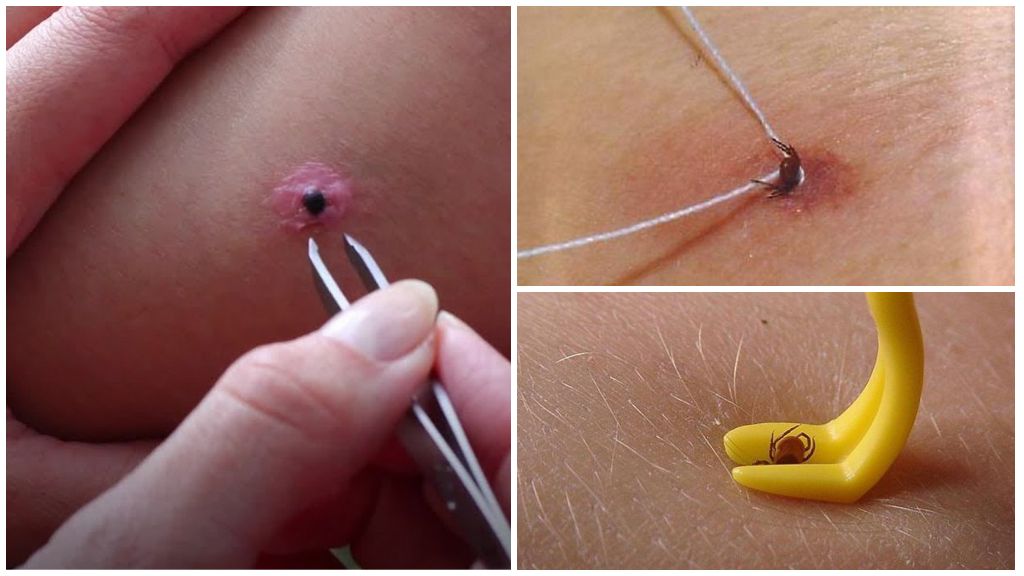
To minimize the risk of infection and remove the parasite completely with your head, you should contact your nearest medical institution, where qualified specialists will cope with this task without difficulty. But sometimes there are no such institutions nearby, and you can’t hesitate with the removal of the bloodsucker. The longer the sucking tick is on the human body, the higher the risk of contracting an infection. At parasite removal at home follow certain instructions:
- Pull out tick with thread. You need to take a regular thread and gently wrap it several times around the parasite near the skin itself. Then, in smooth spiral movements, get him out of the wound. The process may take several minutes.
- With tweezers. You will need ordinary tweezers with thin clamps. They need to grab the tick at the base of the head and also slowly make scrolling movements and gradually pull it in the opposite direction from the damaged area of the skin.
- Via special fixture. In the pharmacy you can buy a kind of hook, which is easy enough to extract a bloodsucker. Having hooked the tick, you need to swing it out from under the skin with swaying movements.
- Removing the tick by hand. If there were no auxiliary items nearby, you can remove the tick with your hands. To do this, it is advisable to pick up a handkerchief or gauze in order to better fix the bloodsucker. Grasping it with two fingers, you need to gently pull up with twisting movements.
On a note!
The old, old-fashioned way to remove ticks with vegetable oil is not only ineffective, but also dangerous. Oil, getting into the wound, blocks the access of oxygen to the tick. The parasite can relax its proboscis and burp the contents of the stomach into the blood of the victim, including the causative agents of the virus.
The tick itself, which was able to get safe and sound, must be placed in a test tube or in a glass container and take to the nearest laboratory at a medical facility. They will conduct the necessary tests and find out whether the parasite was a carrier of any dangerous virus. In case of a positive result, doctors will be able to draw up a treatment plan and prescribe the necessary drugs.
If the mite was damaged or crushed during removal, it must still be placed in a container and stored in the refrigerator until it is transferred to the laboratory. A dead tick will also be taken for infections in its body.
First aid for a tick bite
If a person was bitten away from a large settlement and there is no way to contact a medical institution, you need to know what to do after a tick bite. Pull it out immediately after detection.
On a note!
After it was possible to pull out a tick in a person, it is necessary to burn a tick bite with alcohol, lotion. Watering a tick bite is undesirable for the first couple of days. It is also recommended to refrain from exposure to direct sunlight.
People prone to allergic reactions are advised to take antihistamines with a tick bite: Suprastin, Tavegil, Tsetrin, Loratadin, Claritin. You can smear the site of the bite with Fenistil gel. This ointment after a tick bite relieves swelling and irritation on the skin.
Among folk remedies for relieving puffiness and bite site disinfection the parasite uses zelenka, iodine, chamomile broth. As a sedative, you can give the victim an infusion of motherwort, Ivan-tea, coltsfoot.
If the allergic reaction in the victim has already begun, and he has difficulty breathing and swelling, measures should be taken with a tick bite:
- to ensure peace for the victim by placing him in a horizontal position;
- unfasten the shirt, belt;
- provide access to fresh air;
- give drinking water;
- call a doctor or deliver the patient to a medical facility.
Important!
Diseases transmitted by a small bloodsucker do not immediately manifest themselves. Within 2-3 days, a person feels good. Sometimes the incubation period can last up to 2 weeks. Then the victim has a sharp increase in temperature and weakness throughout the body.
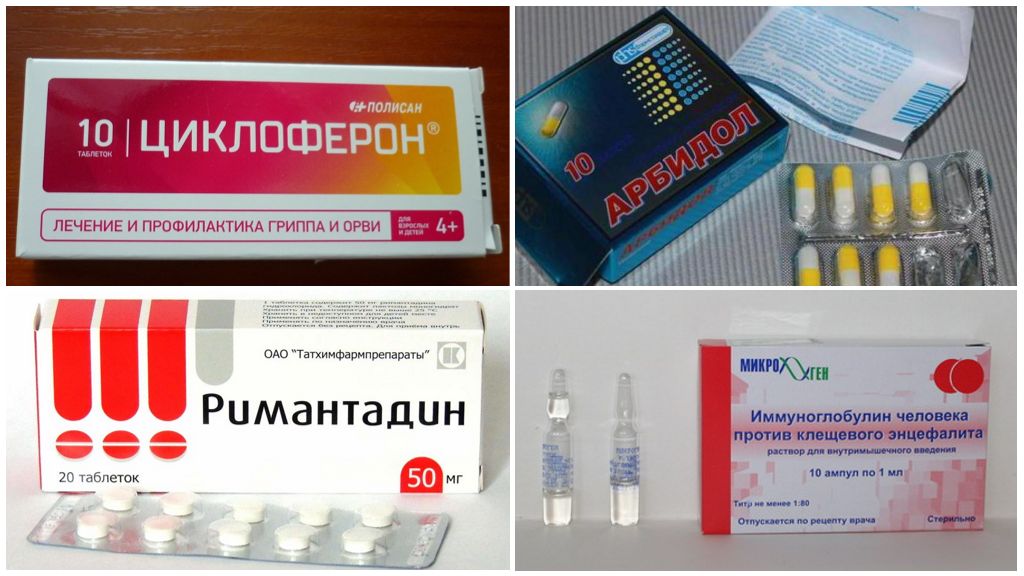
Medical care for a tick bite should be provided by specialists, but if the victim cannot be delivered immediately to the hospital, it is recommended to take one of the antiviral medicines for a tick bite:
- Cycloferon is a modern immunomodulating and antiviral drug, the active ingredient of which is Meglumina acridone acetate. Once in the body, it activates bone marrow stem cells, lymphocytes, promotes the production of interferon in the spleen, lungs, liver, and has an analgesic effect. Cycloferon is contraindicated in children under 4 years of age, pregnant and lactating women. The drug is produced in 2 ml ampoules and in tablets. The cost of a package of 5 ampoules is 340 rubles, 10 tablets will cost 190 rubles.
- Arbidol stimulates cellular and humoral immunity to various viruses. The drug inhibits the fusion of the envelope of the virus with the membrane of a healthy cell. The active substance Umifenovir reduces the duration of the disease. Arbidol is available in the form of capsules and tablets with different dosages. A package of 10 capsules costs about 270 rubles.
- Remantadine is a cheap antiviral and chemotherapeutic drug that actively fights various viruses. The active substance Rimantadine blocks the entry of the virus through the cell membrane at an early stage. Effective in the prevention of tick-borne encephalitis, provided that it is taken by victims no later than 2 days after the bite. The release form of Remantadine is in the form of tablets of 20 pieces per pack, the average price of which is about 100 rubles.
- Human immunoglobulin - a solution for intramuscular or intravenous administration containing a wide range of antibodies against pathogens of viruses and bacteria. After a tick bite in children as prevention of tick-borne encephalitis immunoglobulin is administered dropwise in a diluted form. For adults, the drug is prescribed undiluted. Available in the form of ampoules and a bottle with a solution. 10 ampoules cost about 1000 rubles.
Reviews
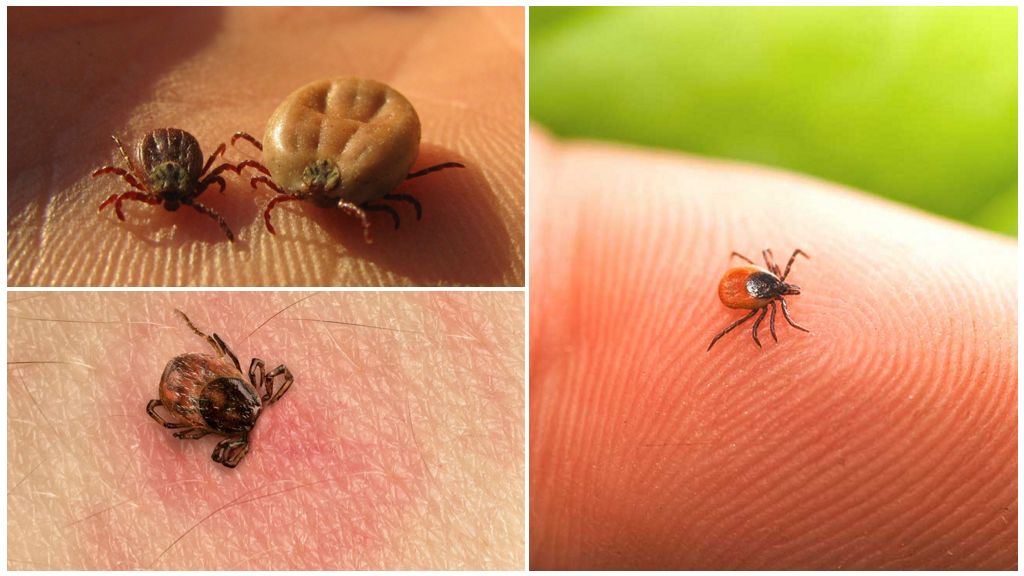
Last summer, a tick was found behind the ear in a child. At first they were very scared with her husband. They were afraid to pull out the mites themselves, and went to the hospital. There we were told that the parasite had not yet had time to clutch tightly. Studies have shown that the bloodsucker was not a virus carrier, but for prevention after a tick bite, the antiviral drug Cycloferon was prescribed and a Suprastin tablet was given against allergies. After this incident, a son was vaccinated against a tick.
Marina, Tula
I remember from childhood how my uncle caught a tick on himself. He did not have time to stick, and no one attached importance to this occasion. After 2 days, his uncle had a fever and he was taken to the hospital. It turned out to be tick-borne encephalitis. It was lucky that they introduced immunoglobulin in the first stage of a tick bite. After 3 months, his uncle recovered and nothing threatened his health.
Konstantin, Petrozavodsk
A couple of years ago I was on vacation in the village with relatives. We went to the forest for mushrooms and berries. After another trip, I found a tick. We decided to pull it out on our own. He already had time to stick and climb under the skin. When it was hooked with tweezers, the tick burst when pulled out. His head remained inside the wound. I had to urgently go to the hospital in the nearest village. There, the remaining parts were pulled out from under the skin and treatment with Remantadine was prescribed. I drank the course for 2 weeks. There were no consequences.
Vladimir, Krasnoyarsk
Dangerous diseases
Arachnid bloodsucker is a carrier of a number of dangerous diseases. Each of them is accompanied by certain symptoms of the consequences of a bloodsucker attack: chills, high body temperature, weakness, general malaise, desire to take a horizontal position, reaction to bright daylight (photophobia).
The most dangerous diseases that a parasite can infect are:
- Tick-borne encephalitis. The carrier is an ixodid tick. Its main sources of nutrition are large and small animals, humans, birds. A tick can infect a person directly during a bite, or through dairy products from infected domestic animals - cows and goats.With tick-borne encephalitis, the victim develops a severe fever, headache, nausea, diarrhea, facial skin redness, general weakness, apathy, drowsiness, and convulsions.
- Borreliosis (Lyme disease). The first sign of the presence of the virus in the body of the bitten is the appearance of a large red spot at the site of the bite after 1-3 weeks. Then the stain disappears. The incubation period of the disease can last several years. With borreliosis, temperature appears, weakness in the body. The functioning of the internal systems of the body is deteriorating: heart, visual organs, blood vessels, joints. Late diagnosis of the disease sometimes leads to disability of the victim.
- Ehrlichiosis. In addition to humans, ixodic carriers of the disease can bite deer, horses, and dogs. The incubation period of ehrlichiosis is 2-3 weeks. The disease itself can proceed almost imperceptibly for the victim or vice versa is very difficult. Severe fever, nausea, increased sweating, anemia appear. Untimely treatment of a tick bite can be fatal.
- Coxiosis Ixodid ticks and infected animals are also more often carriers. The consequences of a tick bite occur after 5-30 days: sweating, high fever, dry, strong cough, lack of appetite, migraine, facial redness. Sometimes the disease is accompanied by pneumonia.
- Tick-borne typhus. The first sign of infection with this disease is the appearance of a bubble in place tick bite. More serious symptoms occur after a few days: fever, aching joints, nausea. Gradually, a rash appears on the body, whites of the eyes and skin turn yellow. Attacks last for 3-5 days, then the condition of the victim is normalized. After a few days, the next wave of symptoms sets in. There can be several such waves, each subsequent one is lighter in nature.
Disease treatment
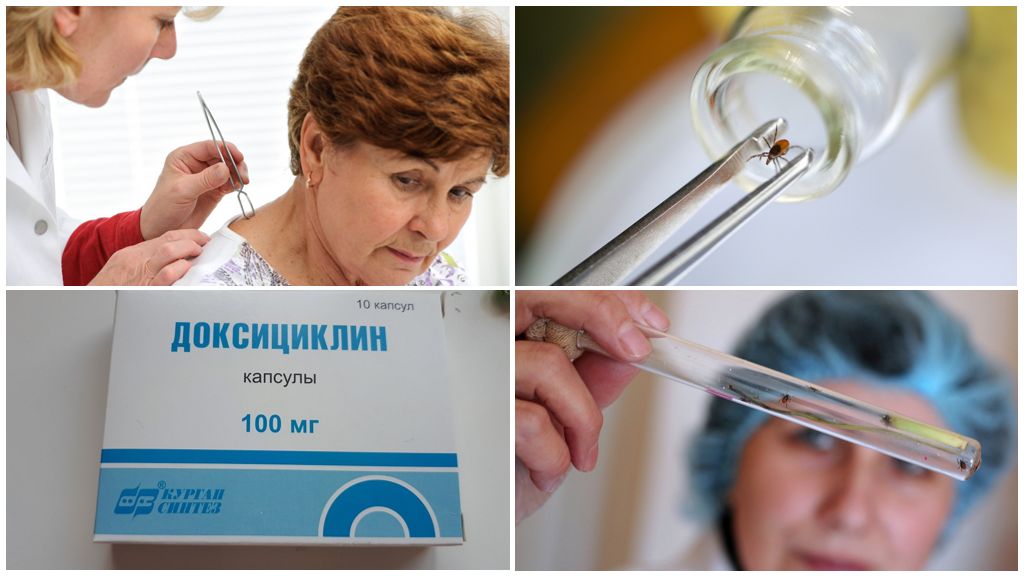
If a tick is stuck, you do not need to wait until it can pump and fall off by itself. Even if the parasite has bitten the vaccinated person, you still need to go to the hospital. If a dangerous virus is detected in the victim's body, treatment with antibiotics and immunotherapy is prescribed. The course of the disease and the severity of the consequences depend on the human immunity. A strong and hardy organism is able to cope with an ailment in a short time.
Important!
If a tick is bitten, but does not stick, and only bites the upper layer of the epidermis with its jaws, there is a risk of infected saliva entering the human body. You need to catch the parasite and take it to the laboratory.
As an emergency prevention of tick-borne encephalitis, vaccination is given after a tick bite in the form of an immunoglobulin injection. Then you should undergo a course of treatment with corticosteroid drugs, blood substitutes. After the cessation of all symptoms of the disease, the patient is transferred to antimicrobial agents and antibiotics.
When a tick that is a carrier of borreliosis is bitten, the victim is hospitalized and prescribed taking strong antibiotics. More often used for borreliosis agent after a tick bite Doxycycline. It refers to tetracyclines that block the growth of microbes in the body. While in the hospital, the patient undergoes a course of vitamin therapy.
With the help of modern drugs with a tick bite, it is possible to relieve the symptoms of the disease in a short time. During meningitis, vitamins B and C are introduced into the body of the victim. After the cessation of fever, inpatient treatment continues for another 2 weeks. The recovery period can be several weeks.
The most dangerous diseases, tick-borne encephalitis and borreliosis with timely treatment can be cured without serious consequences for humans. But in the case of a delay in the provision of medical care or in the presence of very weak immunity, serious consequences for the health and quality of life of the victim may develop. The effects of tick-borne encephalitis in the worst case, it is a person’s disability or even death.
Tick bite prevention
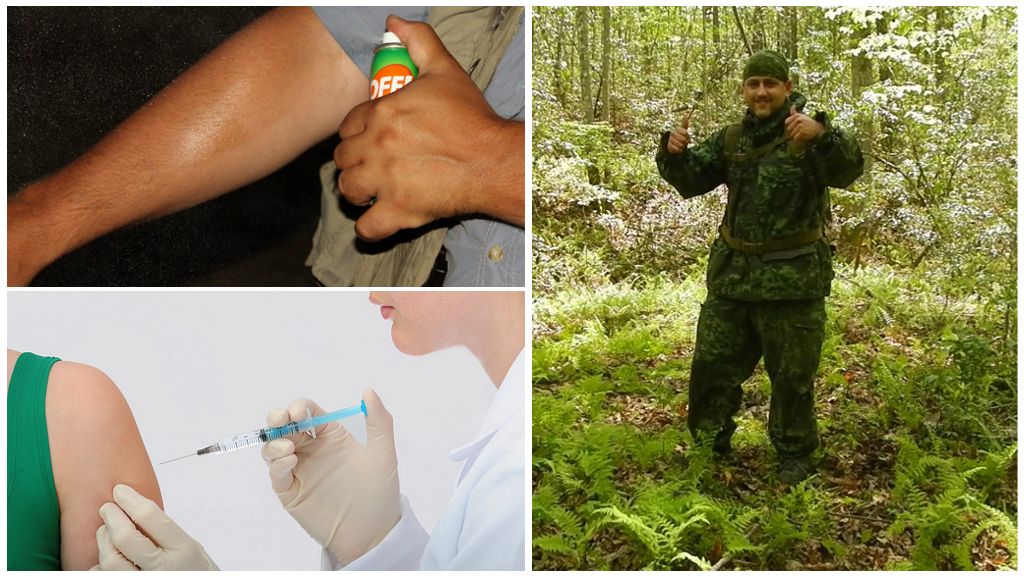
To minimize the risk of being bitten by a tick, direct contact with the parasite should be avoided: walk on paved roads, avoid trees and bushes, do not touch street animals that can carry parasites. If there is an urgent need to go to the forest, you need to remember the following rules so that protect against ticks:
- tuck each item of clothing into each other;
- cover the neck and head with a scarf or hood;
- remove long hair under a hat;
- to put on light clothes on which the parasite will be better visible;
- avoid a place with tall grass and dense thickets;
- use special tick remedies: aerosolscreams.
After each trip to the forest or park, carefully examine yourself, stripping naked. Wash clothes immediately in hot water using powder. It is advisable to dry it in a special dryer or iron with iron at maximum speed.
Even with these rules, you may not notice a tick bite on the body. If the parasite did not dig in, but simply bit through the skin, the victim may be infected with a dangerous disease. To prevent this from happening, in regions with increased tick-borne encephalitis infection in medical institutions vaccination of the population is carried out.
On a note!
Tick-borne encephalitis vaccine does not protect a person from other viruses. Even if a tick has bitten a person who has already been vaccinated, the victim must always seek the help of doctors and provide a parasite for analysis.
Vaccination takes place in 3 stages: after the first vaccination, 3 months pass, then the second is given, and exactly the third year. Then every three years you need to get only one vaccination. The vaccine stimulates the growth of antibodies in the human body and increases immunity to the virus. There is a kind of emergency vaccination. It is indicated for people who in the near future should be in the zone endemic for tick-borne encephalitis. Another option to protect yourself while in tick activity is to take antiviral drug iodantipirin throughout the stay.
